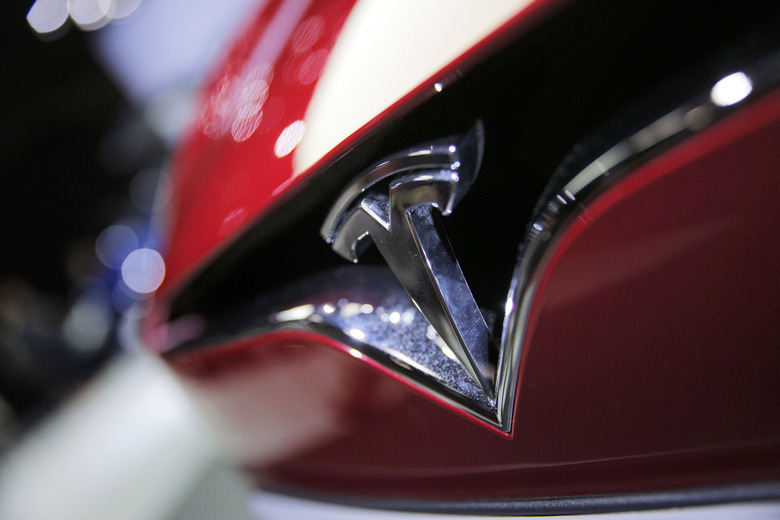Model X Involved In Fatal Autopilot Crash Sped Up To 71 MPH Seconds Before Impact
On March 23 of this year, a Model X driving down a California freeway crashed into a highway divider at high speed. Notably, the car's Autopilot feature was engaged at the time of the crash. Shortly after the initial impact, the vehicle's battery pack caught fire before engulfing the entire car in flames. Though the Model X driver was pulled from the car before it caught fire, he tragically did not manage to survive the accident.
A few days after the accident, the National Transportation Safety Board (NTSB) signaled its intention to investigate the crash. Earlier today, the NTSB published its preliminary report on the events surrounding the fatal crash.
According to the report, the Model X crashed into the highway divider at a speed of 71 MPH. Incidentally, the speed limit in the area where the crash occurred was 65 MPH. The report notes that the driver's hands were not on the steering wheel during the six seconds preceding the crash. Moreover, the report found that the Model X actually sped up to a speed of 71 MPH before the moment of impact.
The NTSB report relays a number of details regarding the events leading up to the crash. Some of the key findings are listed below.
- The Autopilot system was engaged on four separate occasions during the 32-minute trip, including a continuous operation for the last 18 minutes 55 seconds prior to the crash.
- During the 18-minute 55-second segment, the vehicle provided two visual alerts and one auditory alert for the driver to place his hands on the steering wheel. These alerts were made more than 15 minutes prior to the crash.
- During the 60 seconds prior to the crash, the driver's hands were detected on the steering wheel on three separate occasions, for a total of 34 seconds; for the last 6 seconds prior to the crash, the vehicle did not detect the driver's hands on the steering wheel.
- At 8 seconds prior to the crash, the Tesla was following a lead vehicle and was traveling about 65 mph.
- At 7 seconds prior to the crash, the Tesla began a left steering movement while following a lead vehicle.
- At 4 seconds prior to the crash, the Tesla was no longer following a lead vehicle.
- At 3 seconds prior to the crash and up to the time of impact with the crash attenuator, the Tesla's speed increased from 62 to 70.8 mph, with no precrash braking or evasive steering movement detected
Tesla hasn't issued a statement regarding the NTSB's report but in a blog post published a few weeks ago, the EV maker said the following: "The driver had about five seconds and 150 meters of unobstructed view of the concrete divider with the crushed crash attenuator, but the vehicle logs show that no action was taken."
